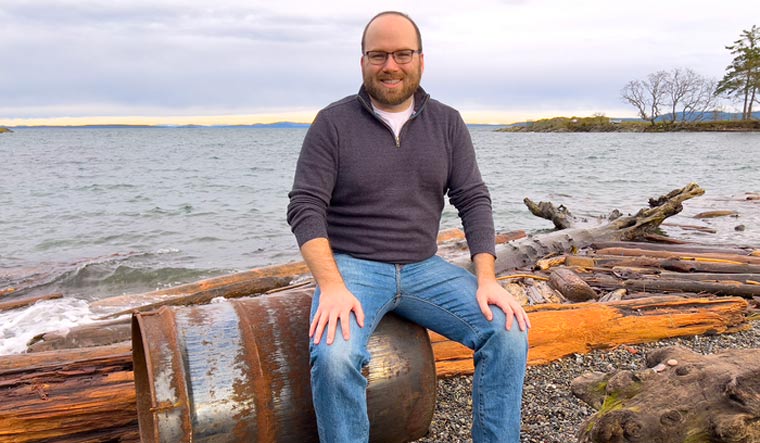Colin Malloy of Ocean Network Canada has developed a method to transform oceanic data into captivating solo percussion songs. By utilising underwater microphones (hydrophones) and incorporating elements inspired by ocean-related data such as temperature, acidity, and oxygenation, Malloy creates compositions that raise awareness about pollution. His work was presented at the 184th Meeting of the Acoustical Society of America, where he discussed the "Sonification of ocean data in art-science."
Malloy's compositions can be found on YouTube. “Art helps people digest information on an emotional level that typical science communication may not,” Malloy said. “I hope that in listening to these pieces, people use them as a space to reflect on what each piece is trying to portray. Ultimately, I'd like for them to help create awareness of the various issues surrounding the oceans.”
Malloy's method of transforming oceanic data into captivating music serves as a creative and thought-provoking means of raising environmental awareness.
One of his notable pieces, "Oil & Water," depicts the impact of oil production on the oceans. Using steel drums and introducing noise to represent historical oil production, Malloy progressively increases the interjections to reflect recent production levels. Towards the end of the song, he utilizes oil consumption data to modulate a synthesizer.
By representing data in this musical manner, Malloy aims to encourage listeners to contemplate its significance and the medium itself. This approach aligns with the field of ArtScience, which fosters collaboration between scientists and artists to enhance communication, connection, and scientific understanding. Ocean Network Canada's artist-in-residence program exemplifies this philosophy by involving artists in scientific research and engaging a wider cultural audience.
Malloy's educational background in mathematics, computer science, and music provides him with a unique perspective as he navigates the intersection of science and art. Through his work, he aims to bridge the gap between these disciplines and facilitate a greater appreciation for the oceans while highlighting environmental issues.
“There is a lot of art in science and a lot of science to art -- more than most people realise for either direction,” said Malloy.


